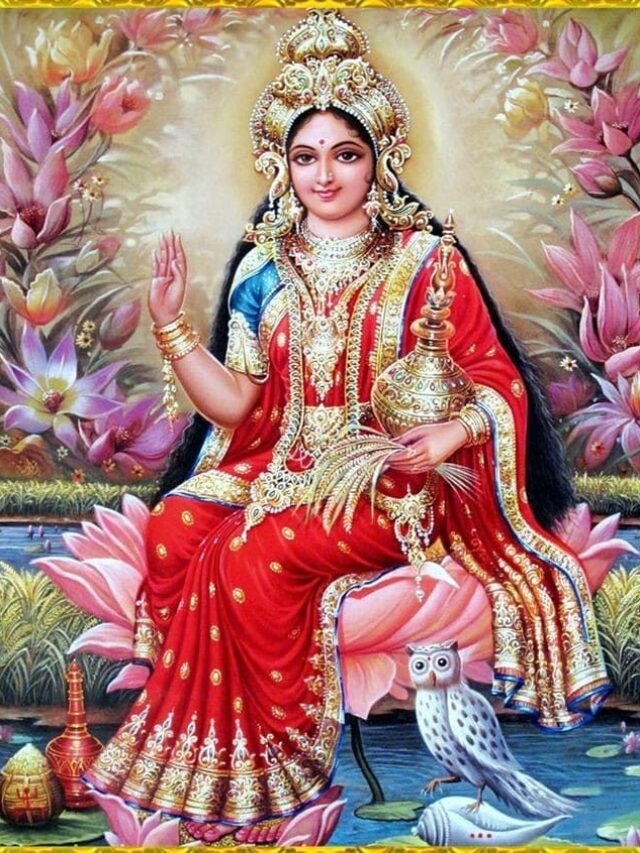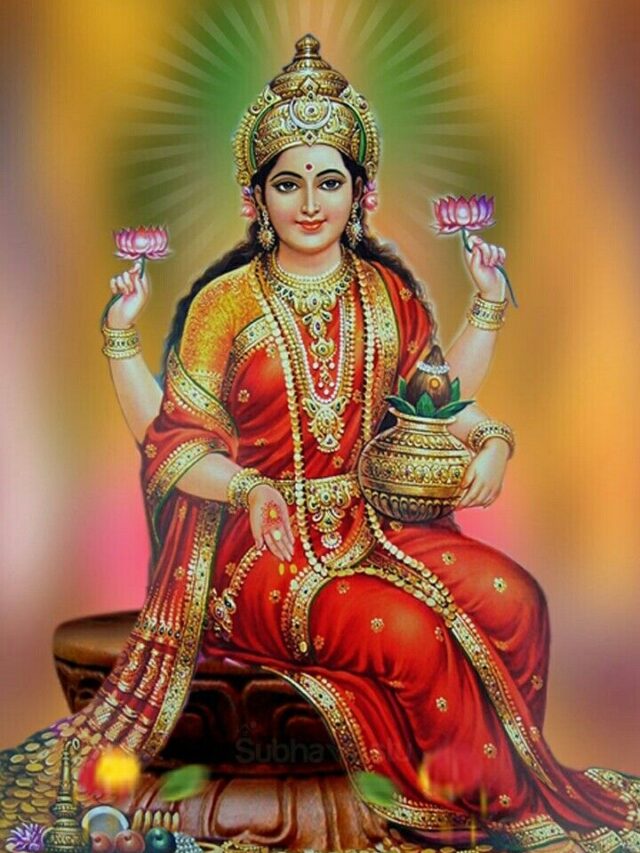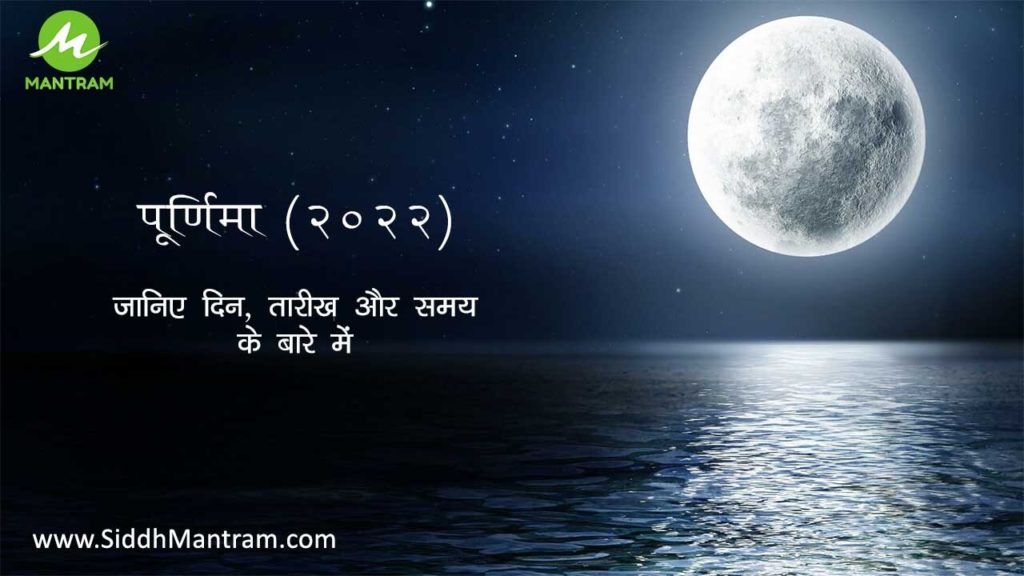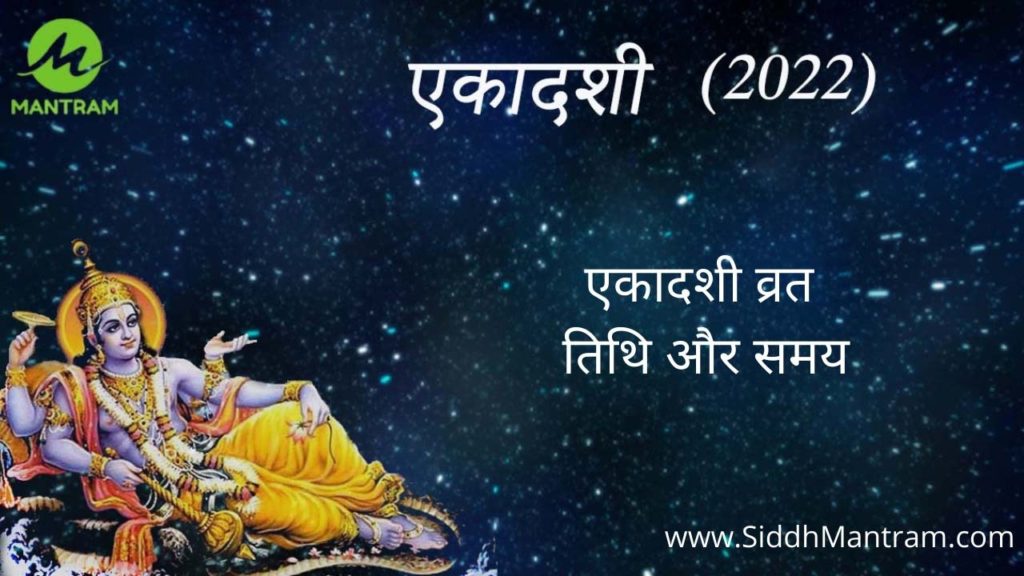In Hinduism, Tula Sankranti is one of the Sankranti’s among 12. The Sun God is revered as all-powerful, and he is also referred to as the master of all celestial bodies.
According to Indian astrology, whenever the Sun God transitions from one zodiac sign to another, it is celebrated as a festival known as “Sankranti.”
According to the Hindu calendar, when the Sun moves from the Virgo zodiac sign to the Libra zodiac sign in the month of October, it is called “Tula Sankranti.” This year, Tula Sankranti will be celebrated on October 18, 2023.
On this day, it is also Vinayaka Chaturthi in the month of Ashwin. Additionally, it marks the fourth day of the Sharadiya Navratri, dedicated to the worship of Goddess Kushmanda.
Tula Sankranti is also known as Garbhana or Garvana Sankranti. All over India, Tula Sankranti is celebrated with significance attached to social, cultural, and religious aspects.
Taking a bath and making donations on Tula Sankranti brings eternal blessings. Let’s find out the date, auspicious timings, and significance of Tula Sankranti this year.
Tula Sankranti 2023 Vrat Date, Puja, Muhurat and Timings
Tula Sankranti falls on Wednesday, October 18, 2023. On this day, there is also the observance of Vinayak Chaturthi in the month of Ashwin.
Additionally, Tula Sankranti marks the fourth day of Sharadiya Navratri, dedicated to the worship of Goddess Kushmanda. This day is considered highly auspicious.
The auspicious timing for Tula Sankranti begins at around 6:23 AM in the morning and ends around 12:06 PM in the afternoon.
Similarly, the highly auspicious Mahapunya Kaal for Tula Sankranti starts at approximately 6:23 AM in the morning and concludes around 8:18 PM in the evening.
The Mythological Significance of Tula Sankranti in Hinduism


According to Pandit Chandrashekhar Maltare, the significance of Tula Sankranti is mentioned not only in the Rigveda but also in texts like the Padma Purana, Skanda Purana, and Vishnu Purana. It is even extensively discussed in the Mahabharata, highlighting the worship of Lord Surya (the Sun God).
Also read:- Surya Bhagvan ke 12 Naam
In religious beliefs, worshipping Lord Surya is said to bring positive energy and strengthen the devotees’ willpower. Observing the rituals and ceremonies dedicated to Lord Surya on Tula Sankranti is believed to bring happiness, peace, and prosperity to one’s life.
Celebrations and Rituals of Tula Sankranti
During Tula Sankranti, people celebrate with devotion and various rituals. They pay homage to Goddess Lakshmi and Goddess Parvati. Goddess Lakshmi is offered fresh rice grains, wheat grains, and branches of Kara plants. Goddess Parvati receives offerings like betel leaves, palm nuts, sandalwood paste, vermilion paste, and bangles.
Agricultural Traditions in Odisha:
In Odisha, Tula Sankranti coincides with a time when paddy fields are lush with crops. Farmers consider it an auspicious day to honor Goddess Lakshmi. They offer fresh paddies, rice, wheat plants, and Kara, a medicinal plant that repels insects, to seek the blessings of the Goddess. This gesture is believed to protect the farmland from floods, drought, insects, and pests. Farmers also measure the yield of rice, wheat, and pulses to ensure abundance.
Kavery Sankramana in Karnataka:
In Karnataka, Tula Sankranti is known as Kavery Sankramana. River Kavery is venerated, and its source at TalaKavery is particularly significant. When the sun enters Tula Rashi, a small fountain called Brahmakundike in the Brahmagiri Hills starts filling up the TalaKavery. Devotees gather to collect this sacred water, believing that it can lead to spiritual salvation.


In the Coorg district of Karnataka, the festival of Tula Sankramana is celebrated with much enthusiasm. At Tala Kavery, the point of origin of the Kavery River, people gather to have a dip in the holy waters of Tala Kavery. The belief is that at the moment when the Sun enters or faces the Tula Rasi, a fountain in a small tank springs up and fills a larger tank. People collect this water, as they believe that giving a small quantity of this water to dying family members can liberate them from the cycle of birth and death. Goddess Parvati, who embodies the river Kavery, is worshipped with offerings of betel leaves, areca nuts, bangles, sandalwood paste, vermilion, and turmeric. A vegetable, often a cucumber or coconut, is covered with a silk cloth in red or green and adorned with flower garlands and silver or gold jewelry. This symbolizes Goddess Parvati, and the worship of this vegetable is known as Kanni Puje.
Also read:- 12 Powerful Names of Laxmi Maa
Puja and Traditions in Other Regions:
In some regions, devotees offer glass bangles, areca nuts, betel leaves, vermilion, turmeric, and sandalwood paste to Goddess Parvati. Women wear silk sarees and perform puja rituals. They create Kodava Mangalsutra by decorating cucumbers or coconuts with flowers and jewels. This practice is known as Kanni Puje.
Elsewhere, people take a holy bath and worship the Sun God by throwing rice and bowing before the idol to seek blessings and offer gratitude.
The Legendary Tale of Tula Sankranti
In ancient Indian literature, there is a story in the Skanda Purana about the origin of the Kavery River. It involves a girl named Lopamudra or Vishnumaya, who was initially the daughter of Lord Brahma. Later, she became the adopted daughter of Kavera Muni, who gave her the name Kaveri.
Agastya Muni, a wise sage, fell in love with Kaveri and married her. One day, Agastya Muni became deeply engrossed in religious discussions and forgot to pay attention to his wife, Kaveri. Because of his neglect, Kaveri accidentally fell into Agastya Muni’s bathing tank. As a result, she transformed into the river Kavery, fulfilling her original wish from before her marriage. This river began to flow, benefiting the land and the people of Kodagu.
The Kavery River meets three other rivers along its journey from Tala Kavery to its final merging point in the Bay of Bengal. In the month of Tula, people perform sacred baths at Bhagamandala in Karnataka and Mayavaram in Tamil Nadu to mark this significant event.








